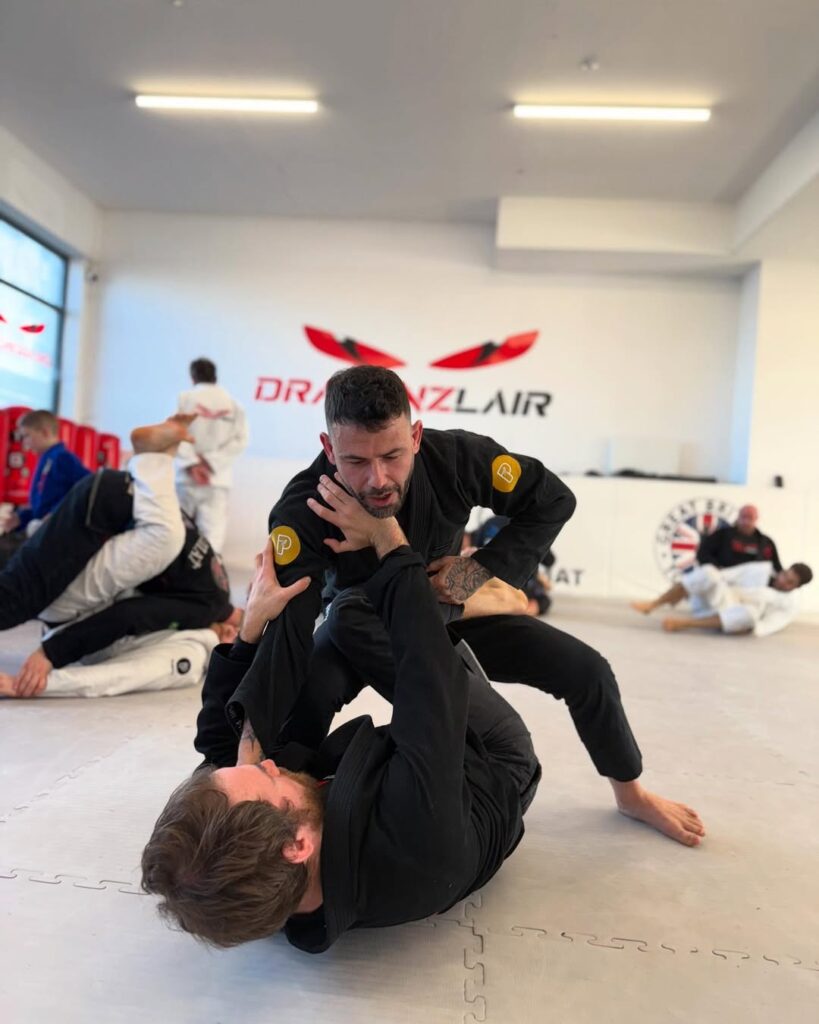Brazilian Jiu-Jitsu practitioners typically split their mat time between technical training(drilling) and free training(sparring/rolling). Though both are essential, they both serve distance purposes, and demand different mindsets.
If you’re just getting into BJJ training, check out the differences between these training styles below and for further breakdowns of MMA training visit https://www.blazepod.com/blogs/all/mixed-martial-arts-training
Technical BJJ Training vs. Free Training: Structure & Intent
Technical training is highly structured, and an instructor demonstrates specific techniques in each class. For example, one class might cover an armbar from a closed guard and go over each detail during the demonstration.
After the technique is demonstrated and carefully explained, the students partner up and practice the movements. Depending on the class, they might have to do a certain amount of repetitions each or within a timeframe.
Free training or live rolling is, as the name implies. Students partner up and go into live rolling for a round. They generally roll for 4-8 mins and at 70-100% intensity. This is where students put the technique they learned during drilling to the test against someone resisting.
Resistance & Feedback

During technical training sessions, resistance is often marked between 0 and 30%. This type of training puts you into the position to work and helps enable skill acquisition.
Free rolling(training) on the other hand flips the script and forces students to use technique at or near 100% resistance. Feedback is delayed and systematic as live action is only stopped if someone submits(taps out). The match then resets and partners continue rolling until time expires.
Live rolling mimics competition and reveals any gaps in your game, including technique, chaining, or stamina.
Energy Systems & Injury Risk
Technical work is aerobic and low impact as heart rate is kept low to prevent injury. Older students and those nursing injuries generally prefer technical training to stay injury-free, while still improving skills.
Free rolling is anaerobic and explosive. Lactic spikes, grip fatigues, and exhaustion. A single-round of live rolling can feel like a triathlon. Injury risk is significantly higher, but this training must be done if you wish to compete.
Skill Development Curve
Here is a breakdown of how BJJ students should be properly training by skill level.
Beginners: 70% Technical, 30% Free Training
Intermediate: 50/50 Technical & Free Trainings
Advanced: Between 50/50 and 70% Live & 30% Technical Training.
Wrap Up
Technical training builds confidence through practicing specific skills. Free training(rolling) builds grit and helps you learn to stay calm under pressure. Both styles of training are needed in order to improve your skills as a practitioner and competitor.





















